The Green Fleet Manufacturer of the Year Award recognises the efforts and commitments of manufacturers to lower emissions and recognises those that are making a positive contribution to the environment.
With six new products coming to market in the next year, including the world’s first diesel-electric hybrid, all with emissions expected to fall below 100g/km, Peugeot is gearing up to be one of the industry leaders when it comes to low emissions.
The company has made significant strides to improve not only its vehicle co2 emissions, but also to reduce the company’s carbon footprint and support organisations and projects dedicated to giving something back to the environment.
‘Green’, Peugeot claims, is very much central to its strategy. Peugeot points to diverse elements of its strategy such as the electric Ion and the PSA Carbon Sink Project in Amazonia, which began in 1998, to demonstrate its commitment to the environment.
“Every vehicle in every range is the greenest and most environmentally friendly it can possibly be and as cost-effective as it can be for our end-users,” says Phil Robson, director – fleet and used vehicle operations at Peugeot Motor Company.
Fleet News: Peugeot lacks a specific eco sub-brand such as Bluemotion or DrivE. Does that harm its visibility compared with other manufacturers?
Phil Robson: Peugeot does not have an environmental brand and we have received criticism for that but it’s not just about making the cars as green as possible, it is about everything we do.
I think it comes down to being able to consistently offer a range of environmentally-friendly vehicles across our entire range, from the electric bicycles to the low-co2 hyper-efficient small vehiclesto our electric vehicles and vans.
FN: Peugeot Ion has been available since the end of last year – what do you think the challenges are in marketing electric vehicles?
PR: Electric cars are about the whole package – it’s looking at the tax benefits and the different elements of costs that make up an electric vehicle. This is why we promote leasing because it is easier to communicate these cost savings to the end-user.
At the same time we are realistic that electric vehicles aren’t for everyone – they are niche and suitable for a small section of the market.
We are on target to sell the 400 vehicles we expected to sell this year, but it is a difficult economic climate to be talking to people about electric vehicles.
It is about investing in trials and programmes where people can be exposed to our electric vehicles to understand what an electric vehicle is. The Ion comes with an eight-year battery warranty.
We identified very quickly that this was a concern for our customers so we took the decision to take that away from them.
Another is around service and repair so we offer four years’ full service and maintenance included in the lease price.
FN: What was the catalyst for you to invest in developing diesel-electric hybrid technology?
PR: A lot of the feedback on petrol-electric hybrid was positive but some diesel engines were still out- performing the hybrid.
The engineers recognised that the diesel hybrid is the best of both worlds and we have purposely shied away from petrol-hybrids as we believe the real wins will be with diesel. There is something nice about being the first into the market and creating a heritage.
The way forward is bringing the bigger vehicles with high performance and low co2 to market. This is the ground-breaking step that we want Peugeot to make.
The 3008 ticks all of the boxes – it will be an automatic with 4wd and approximately 200bhp with co2 emissions of around 99g/km.
We plan to have a plug-in hybrid of this model late next year, where we will see fuel economy double to somewhere in the region of 140mpg. It is important to stress that this is in a family- sized vehicle.
Our green agenda is about allowing someone who does not want a compromise on performance for lower CO2. This is where key investment is going.
FN: Low emission cars is one thing. What other parts of the business show evidence of an environmental strategy?
PR: There are a number of initiatives. The headquarters have self-regulating blinds which manoeuvre to store heat inside the office.
Water off the roof goes into a controlled chamber and the lights are automatic and only come on when you enter a room.
When we bought the new building three years ago, we went with the best environmental solutions we could implement.
We also have our Green Material Plan and strive to reduce our carbon footprint all through the engineering process to the vehicles’ end of life.
FN: Your diesel hybrid models will be large , powerful cars. Have you missed an opportunity with the trend towards downsizing?
PR: The 3008 allows you to not have to downsize, you get the high mpg, the space, the environmental benefits, the 4WD and the power for a family-sized vehicle. It is downsizing the engine rather than the car that is important.
FN: What are your current aspirations for the fleet market?
PR: Around 18 months ago, we started a product revolution. We have six new products coming to market next year and we recognised that we needed to revaluate our strategic approach when selling to the fleet market.
First objective was to improve residual values and we have reduced the number of daily rental vehicles by 60% and will be continuing to do so. Managing our residual values is critical.
This year our market share will decline as a result, but then next year we should see some real fleet growth because of the new products.
There are reasons for carmakers to focus on environmental issues, not least meeting EU targets on CO2 emissions reductions.
But an appetite to demonstate an underlying and coherent strategy is becoming increasingly evident as many fleet customers are expected to do the same for their clients.
Peugeot is striving to communicate this to customers with its latest products and how it does business.
“Our biggest challenge at Peugeot is changing people’s perceptions of what they think a Peugeot is,” says Robson.
“We have high-quality and desirable vehicles with low CO2 emissions in all sizes.”

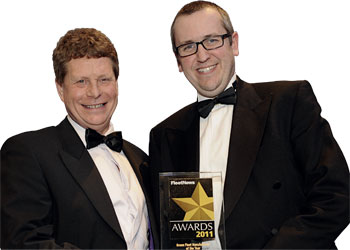



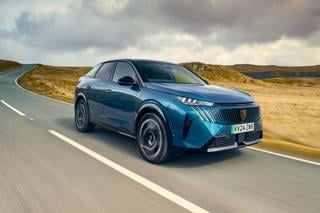

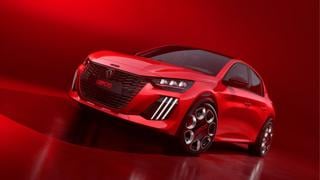
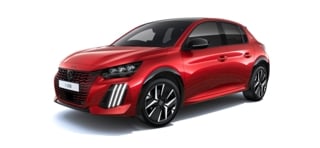
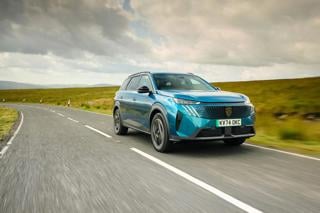












Login to comment
Comments
No comments have been made yet.